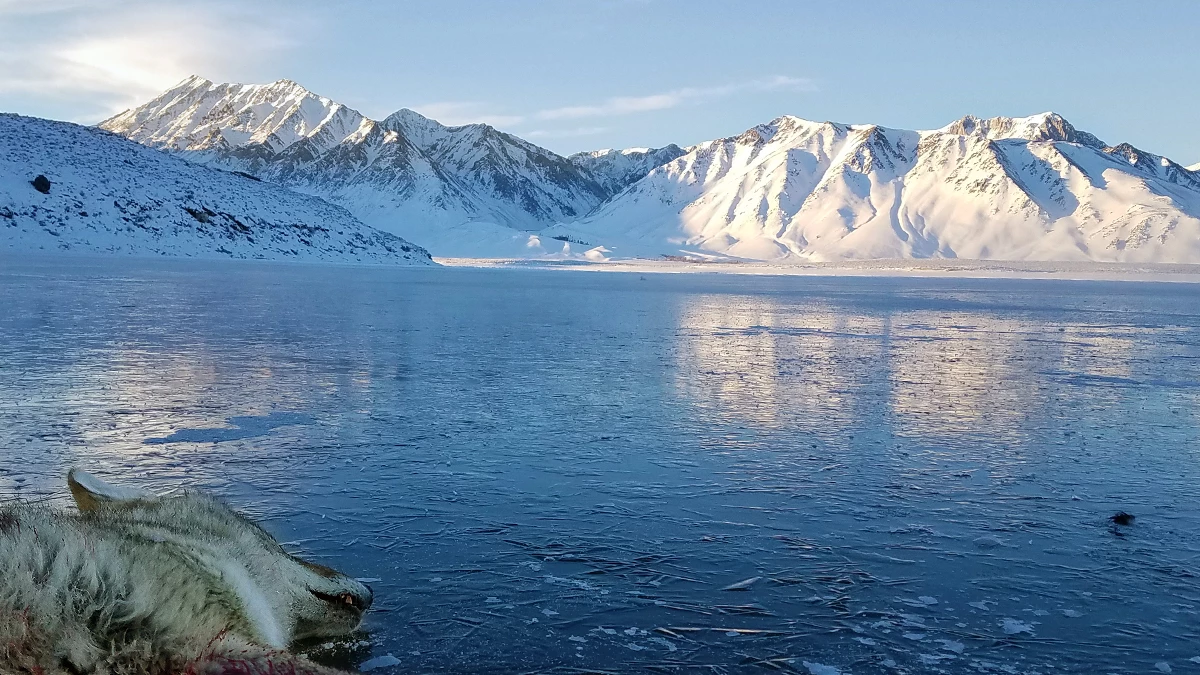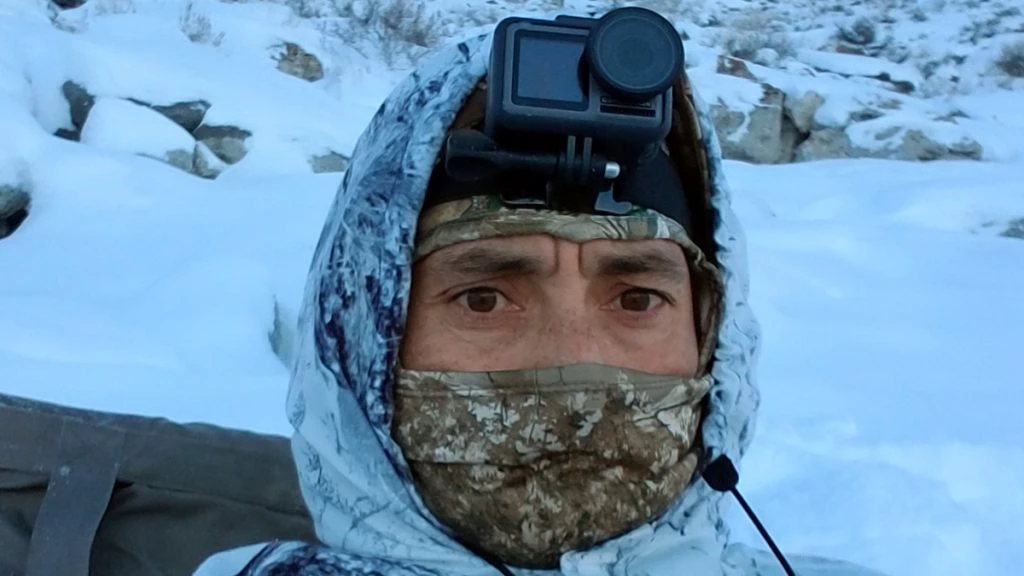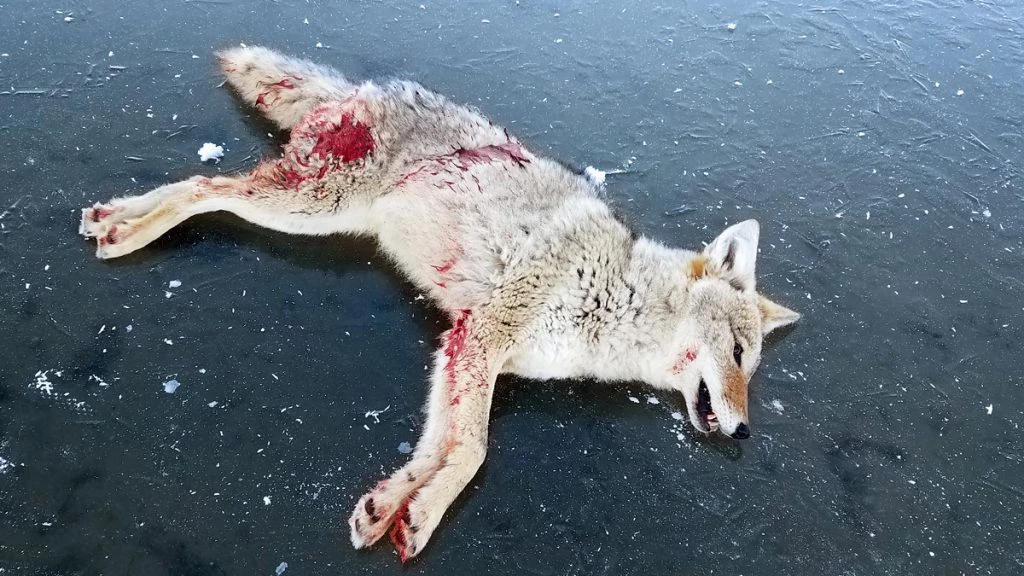
Whether you are trying to acquire some furs for personal use or the trade, want something to do in the offseason, or feel the need to control the predator population, these predator hunting basics will help you be successful.
Scouting
The best way to fail at predator hunting is to hunt where there are no predators. Scouting for a trail and recent sign is the bare minimum. Ideally, you find an area you frequently hear or see predators. If you gamble on a new location, and there isn’t necessarily anything wrong with trying something new, just remember it’s a gamble if you haven’t scouted, and don’t be too disappointed if you come away empty-handed.
Approach Cautiously
The reason you hunt a specific spot is to find the predators that you either suspect from evidence or absolutely know, are there. So don’t blow your opportunities by ripping down roads in the truck, slamming doors, talking loudly, and walking to your spot carelessly. Approach quietly, drive cautiously, park a distance away, don’t slam car doors, whisper if you need to talk at all, and approach your spot slowly and stealthily like you are trying to creep on an animal during a spot and stalk.
Know the Terrain
Developing a strategy based on the terrain and known predator patterns will improve your success. While you are out scouting for predators, you should be mindful of the terrain, and make mental notes about elevations, vegetation, and game trails. This will enable you to choose the best approach to a location, and a location that provides clear shooting, the ability to be concealed, and offers favorable sun and wind conditions.
A coyote, coon, or bobcat, will eventually surprise you on your approach, or from an unanticipated direction, while you are hunting, but it’s less likely to happen the better you know the terrain.
Get a Good Vantage
Choose a position with a good vantage and clean shooting lanes. Setting up too deep into a tree line can create obstructions that could allow a predator to sneak in and out before you are able to take a shot. High spots on a hillside or the top of a knoll are ideal.
Stay Hidden
Staying hidden can be achieved with quality camouflage, a blind, natural vegetation, or a combination of three. Our favorite and the most convenient way to stay out of sight is to wear camouflage jackets, ponchos, gloves, and balaclavas in cold weather, and lightweight long sleeve shirts, gloves, and hats, in warmer weather.

The author wearing cold weather gear and appropriate snow camouflage while predator hunting.
Stay Still
Even the best camouflage doesn’t fool a predator if you are moving around. Besides bad concealment, movement is the best way to get busted by any animal. Mallards flare off of decoy spreads, big game animals bolt, and predators will vacate an area and disappear into the brush faster than you can blink if they see you moving. Movement of any kind is very visible at a distance, so it’s important to be still, not just when you see an animal, but also during the full duration of your hunt.
Consider the Wind
Predators often follow the odor of a kill or the scent of an animal. They are adept at sensing animals, including humans, not just with their eyes and ears, but with their sense of smell as well. So stay downside of the wind from the direction you expect to hunt predators.
Call, then Keep Calling
It’s easy to call a few times, not hear or see anything after a couple of minutes, then get bored, become impatient, and bail. Don’t do that! It’s not uncommon for successful predator hunters to run a predator call for 30 minutes straight, with 15 minutes being the minimum amount of time to call before considering moving on. Getting up and leaving a stand too early is a very common mistake that is easily avoided. Whether you use hand calls or an electronic call, is your preference, but electronic calls give you the advantage of two free hands, as well as the ability to place the call further away from your stand. Our recommendation for getting started cheaply is to get a Flambeau Outdoors Circe medium distress call, which emulates a cottontail or rabbit distress sound. If you want to step up to an electronic call, then the FOXPRO Patriot is the best value on the market, for the features, it is also American made. Another decent and more affordable but less featured option is the ICOtec GEN2 GC300.
Use the Weather
A cold snap can push animals to more actively seek out food. After fresh snow, coyotes stand out more on the landscape, and will more eagerly respond to calls.
Make the Shot
Treat your shot like you would if you were trying to drop a deer or elk for the freezer. Predators are small targets, so relaxed and precise shooting is key. If you usually shoot off of a bench and aren’t good at unrested shots, invest in a bipod, or plan to shoot off of a pack, downed tree, or branch. Treat every shot like you would any other hunt, don’t shoot at animals on a ridge or skyline, always know what is behind your target, and practice all the typical safe firearm handling and shooting precautions you would any other time you pick up a firearm.

Coyote harvested on a frozen lake, called in with a ten-dollar hand call.
Conclusion
It isn’t hard to get started predator hunting or improve your predator hunting skills, and it doesn’t have to be an expensive endeavor requiring tons of specialized gear either. The coyote in the photos above was called from across the narrow section of a frozen lake with a cheap Flambeau Outdoors Circe mouth call, while the shooter remained concealed in the snow with a snow camo softshell jacket.
The coyote was harvested with a single shot from a modern sporting rifle at just under 100 yards. No special techniques, equipment, baits, scents, or lures were used. Ben(@ben_ya_mean) did it with a mouth call and some predator hunting basics, and you can too.
Comments

Leave a Reply